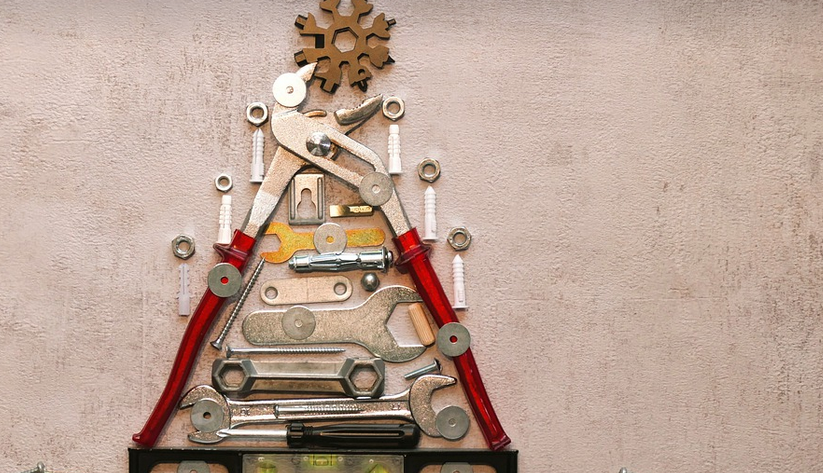
The Background: Consolidation of Power Under Hitler
The world of 1930s Germany was a complex and tumultuous place, marked by political upheaval and economic hardship. After seizing power in 1933 through a series of strategic maneuvers known as the “Enabling Act,” Adolf Hitler had established his totalitarian dictatorship under the Third Reich. The Nazi regime’s grip on the nation tightened, leaving many citizens living under constant fear and control.
Under Hitler’s leadership, political dissent was ruthlessly suppressed. The SA (Sturmabteilung), a paramilitary wing of the NSDAP (National Socialist German Workers’ Party), enjoyed immense power under their infamous leader, Ernst Röhm. The SA were seen as an unruly force by many within the Nazi party and became a thorn in Hitler’s side.
Röhm was known for his ruthlessness and ambition. He believed that he possessed greater sway over the party than Hitler himself. His influence extended beyond the SA, reaching into other aspects of life. This growing rivalry between Röhm and Hitler ultimately set the stage for a dramatic showdown
The Night of the Long Knives: A Surprise Attack
On July 30th, 1934, a horrifying event unfolded in Germany – the “Night of the Long Knives.” Hitler orchestrated a sudden and brutal purge of his own party apparatus. This night was a dark chapter in German history, marked by shock and disbelief across the nation.
The operation began with a series of staged raids on various locations across Germany. The SA were rounded up, their offices raided, and many were apprehended. The goal of this purge was to eliminate any potential threats to Hitler’s authority in the party.
As the night progressed, the scale of the operation grew, with hundreds of SA members being targeted. Hitler and his inner circle planned and executed a systematic dismantling of Röhm’s power base. The purge spread through Germany.
The “Night of the Long Knives” was not merely an act of political maneuvering; it was also a brutal example of Hitler’s unyielding ambition and ruthlessness.
Hitler Takes Control: Consolidating Power
With Röhm neutralized, the purge set in motion a significant shift in power dynamics within the Nazi party. Hitler emerged as the undisputed leader of the regime, solidifying his control over both the German army and the government. This move effectively ended any potential internal threats to his rule.
The “Night of the Long Knives” ultimately led to widespread fear and uncertainty throughout Germany. Many citizens were left confused by the sudden and violent turn of events.
Hitler’s purge, though a significant turning point in history, also laid bare the dark underbelly of Nazi ideology. A sense of paranoia and fear engulfed the nation, further fueling the expansion of Hitler’s totalitarian regime.
The Aftermath: The Legacy of Fear
The aftermath of “Night of the Long Knives” left a lasting impact on Germany and its history. It served as a stark reminder of the fragility of democracy and the dangers of unchecked ambition.
Hitler’s purge effectively ended any potential challenge to his authority, leading to a period of unprecedented control and repression under Nazi rule. The “Night of the Long Knives” was a crucial moment that shaped Germany’s geopolitical landscape for decades to come.
The event serves as a reminder of the consequences of unchecked power and the importance of maintaining democratic principles and institutions



